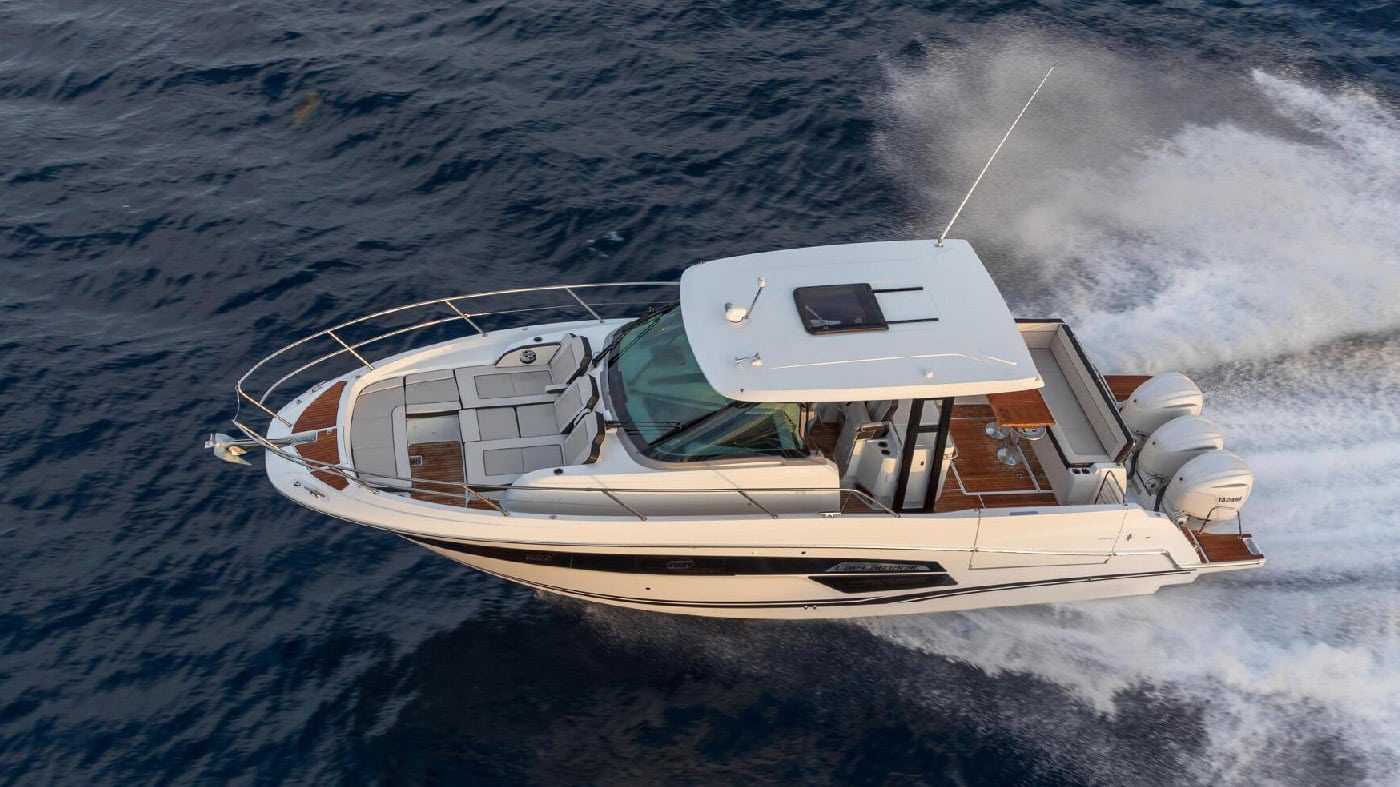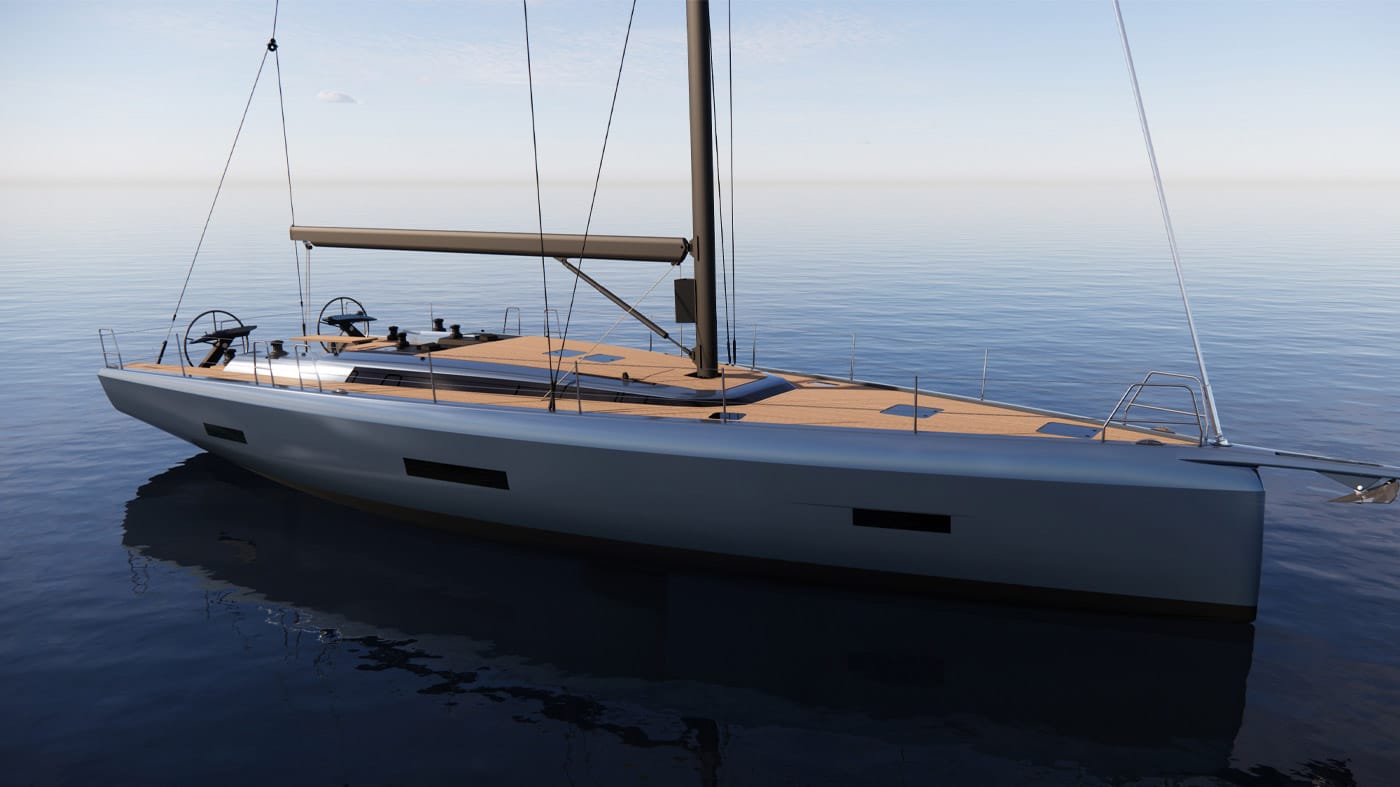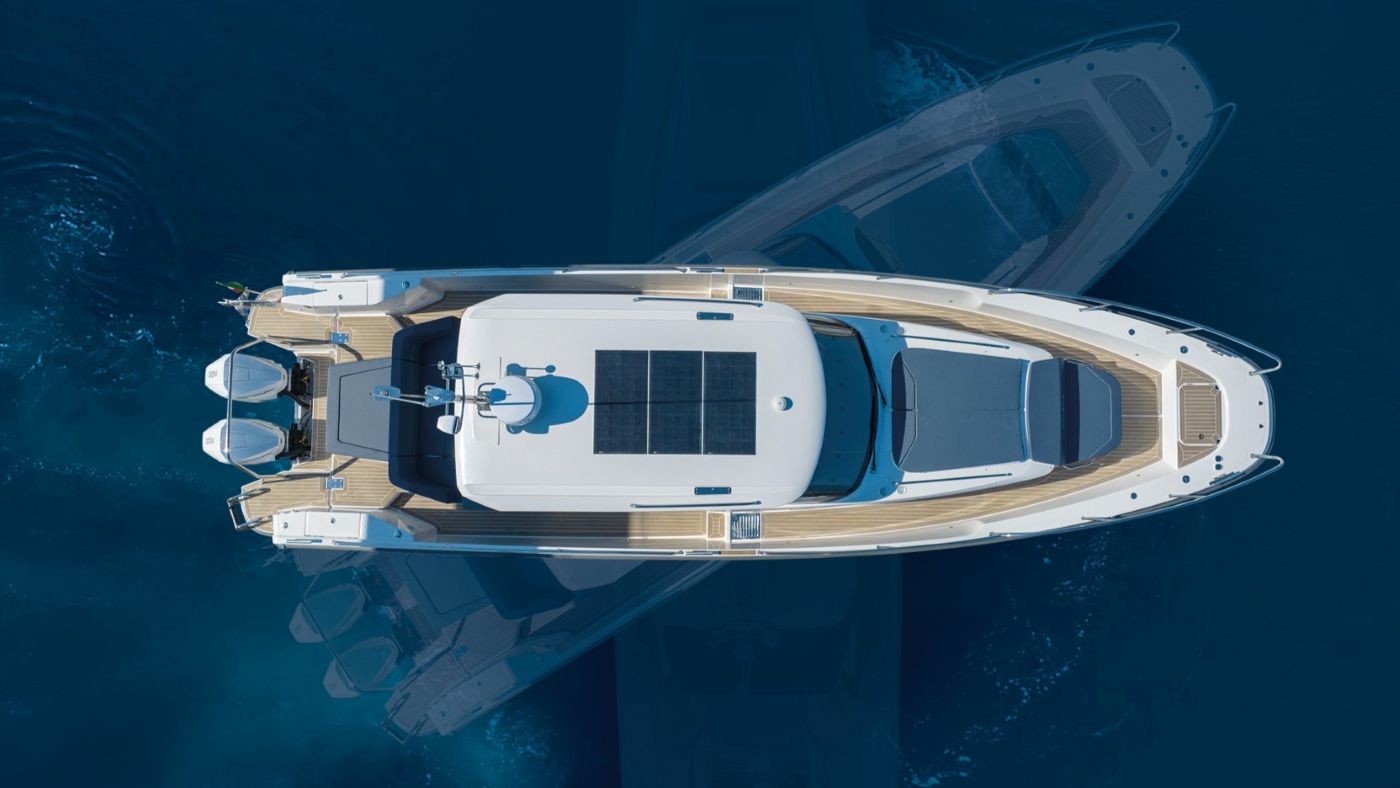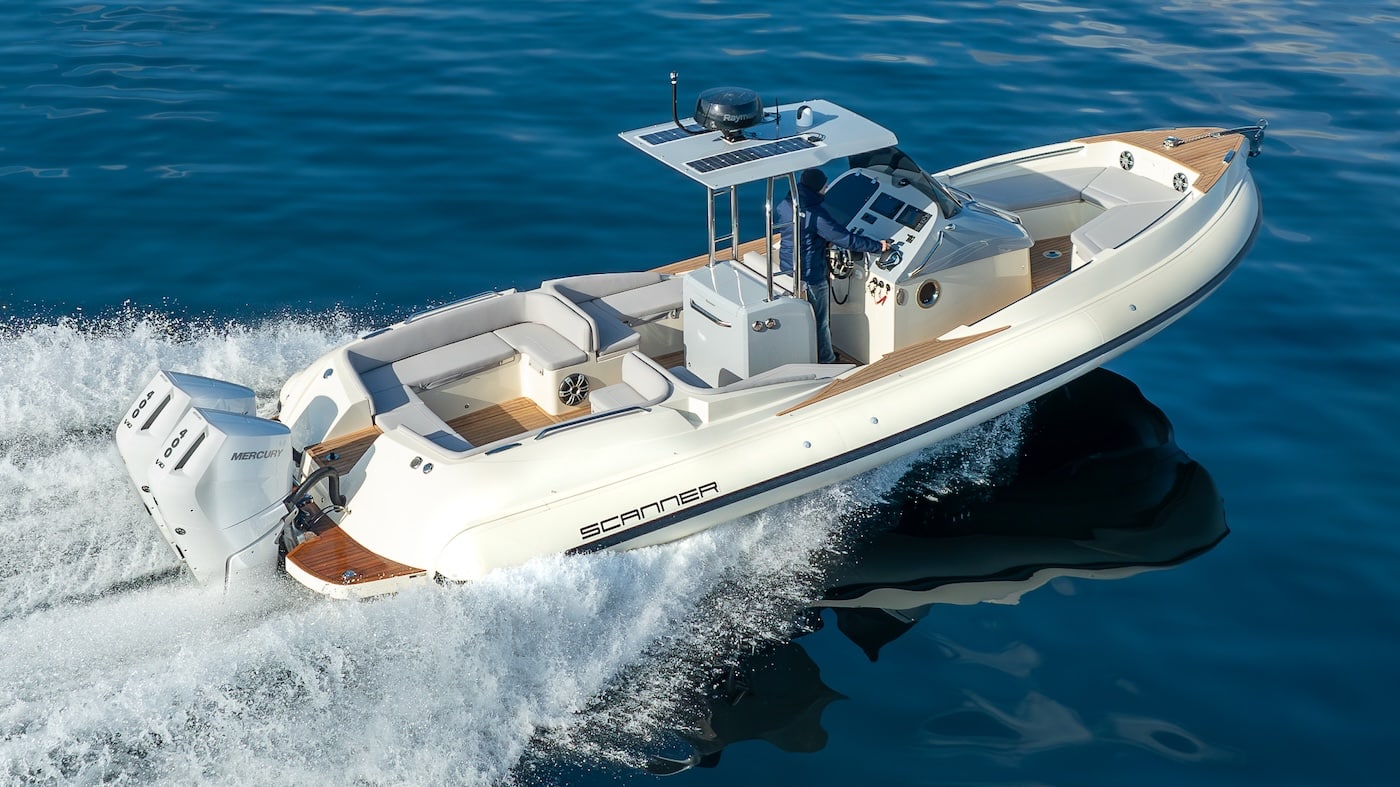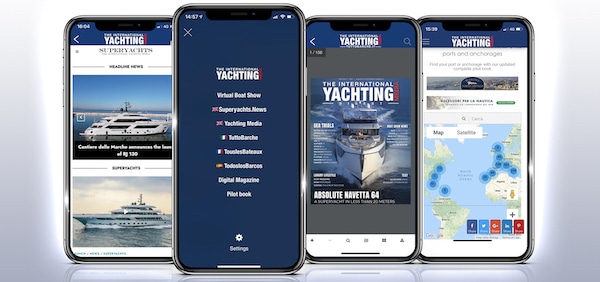
I had prepared myself to this navigation in good time since, with no extras, the felucca trip had been included in the my Egypt travel plan since the beginning. The moment that I had been waiting for a long time had finally come.
Alì gently gesticulated and advised me to sit down,
The Egyptian Felucca is a traditional wooden sailing boat used in the Mediterranean whose length can range from 7-8 to over 15 meters. Its rig generally consists of two masts and a Lateen sail. If we compared this Arabian boat with its European counterparts, we would realized that the most striking feature is the antenna that, on board the Egyptian felucca, consists of one single pole which evolves from the bottom up while, for example, the Genoese Leudo or small Provençal fishing boats feature an antenna divided into a number of overlapping sections which, in turn, are partially connected with each other.

In Italy, the felucca was known as an official boat which, in the early 18th century, was used during special ceremonies, including processions and maritime rites.
An exquisite example can be still found today in Venice, at the Naval Historical Museum of the Italian Navy, as a part of a collection belonged to the Neapolitan family of Mezzacapo di Monterosso, who had used it for the last time in 1923 in the waters of Amalfi during the celebrations of the Eucharistic Congress.
What is certain is that, in the time where the first reports of it appeared, the felucca was primarily a commercial vessel used to carry goods and passengers.
“My” felucca, that is Ali’s one, certainly belonged to this category and, along with hundred other boats riding the Nile, it fulfills its task of carrying local and foreign travellers from one point to another of the river, gently pushed by the wind force.
Even if its performances are good only when it sails with the wind abeam or before the wind, the Egyptian felucca is perfect to sail protected waters since it is eco-friendly and easy to steer.
What about a felucca trip in the Venice lagoon? Why not! We might take advantage of the numerous Alì who have already arrived in our country!
Fair wind!




















